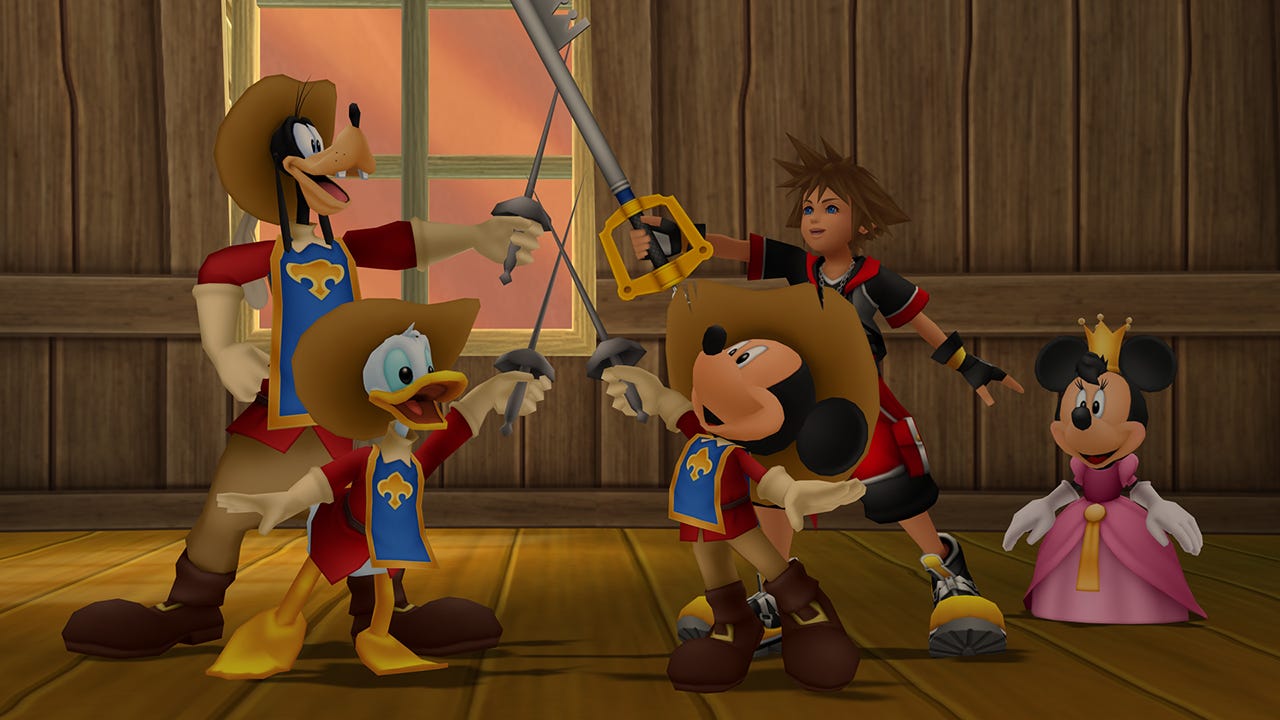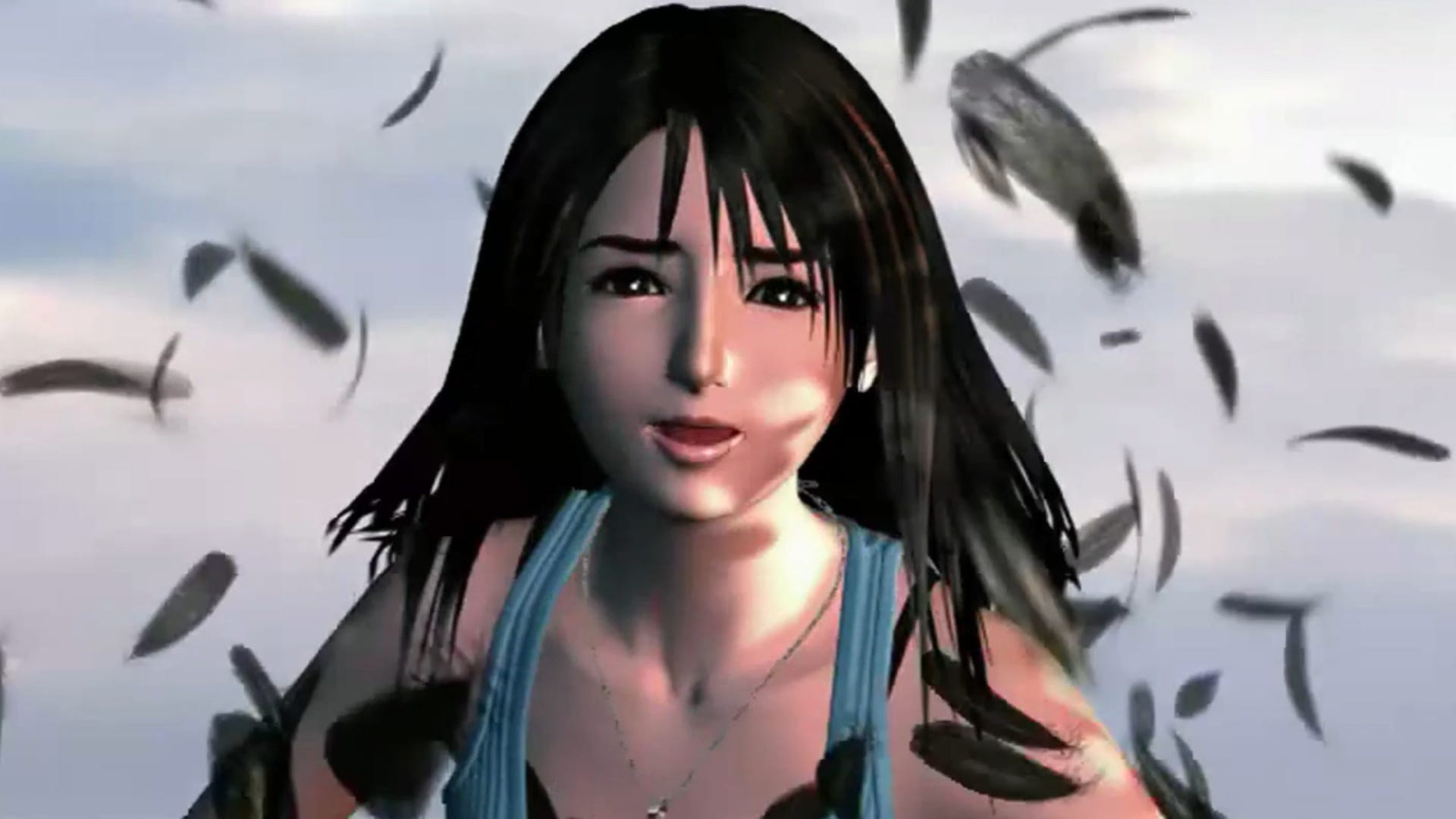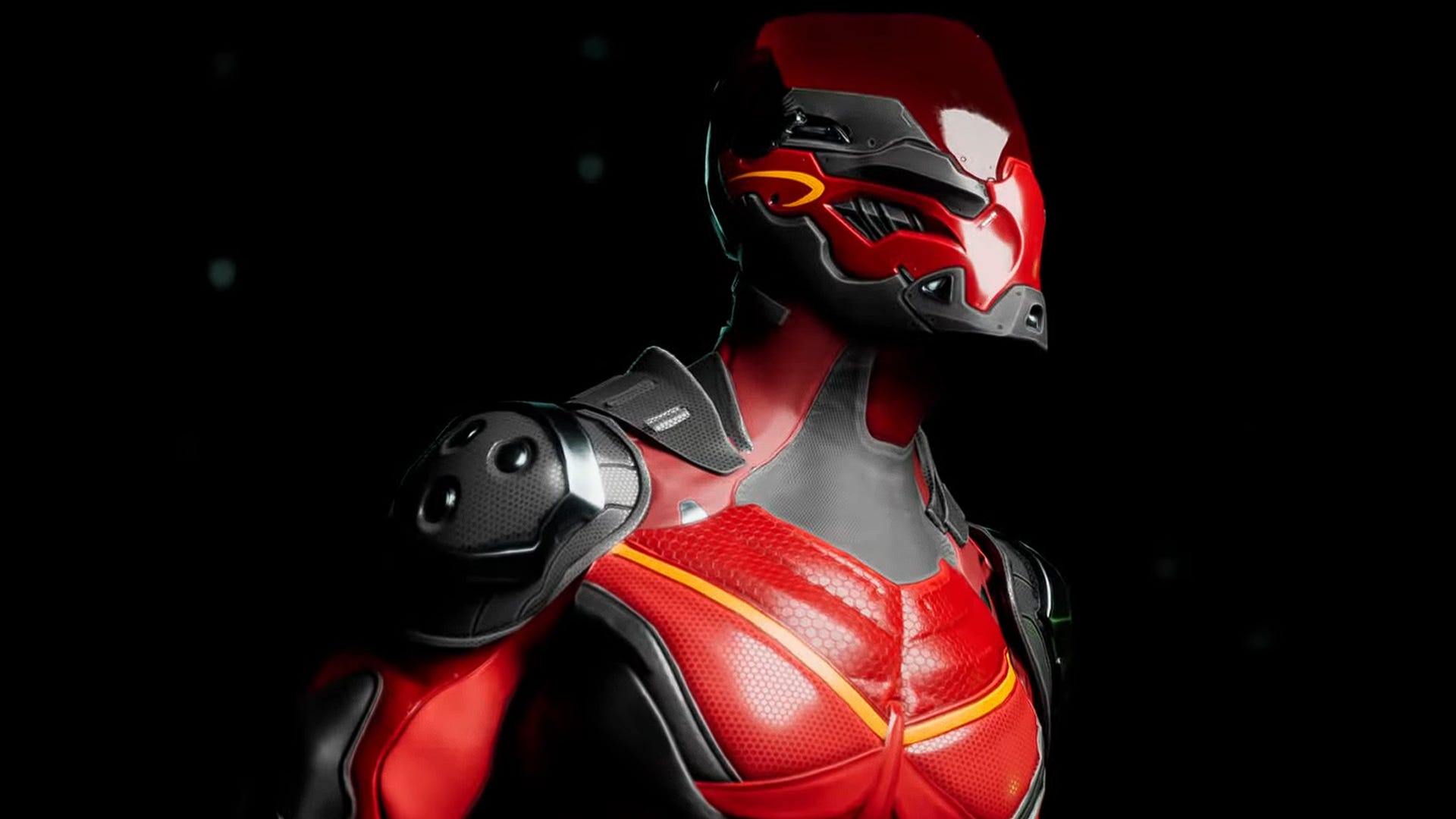
It's evident in one of the very early scenes, a flashback where two children (the central character, Cloud, and another main character, Tifa) sit by their village well at night and make a promise together as stars shine overhead. A woman named Elmyra cries at her kitchen table, reading a letter that tells her that her husband has died in a war. Two former friends, Barret and Dyne, try to talk over the trauma of their loss in a prison. A serene gondola ride during a date, fireworks exploding outside while Cloud and a flower girl, Aerith, peer out through the window. 'I want to meet...you,' she tells him, even though they have already travelled together for a while. He doesn't understand, and he won't until it's too late.
There's the death of a main character too, one that resonated to the point of almost defining the legacy of the entire game in itself. Tetsuya Nomura (the character and battle visual director, and the person who made the call to kill said character) explained that he wanted to convey how it feels to hurt, to suffer loss. As a nine-year old watching the scene at night while my older sister played the game, I don't think I really grasped that hurt completely, even though I still found it saddening. Perhaps, like Cloud on the gondola, I wasn't ready to understand.
Final Fantasy 7, which was made by Square before their merge with Enix, is still a masterpiece. The surprisingly deft storytelling contains one of the best examples of unreliable narration in the video game medium. The music resounds with character, tender and soft in 'Flowers Blooming in the Church', exhilarating in 'Still More Fighting', while 'You Can Hear the Cry of the Planet' is somehow both ominous and soothing. The pre-rendered backgrounds have a real sense of atmosphere and character; there is the honeycomb warmth of Costa del Sol, for example, and Cosmo Canyon is the colour of autumn leaves.
Read more









